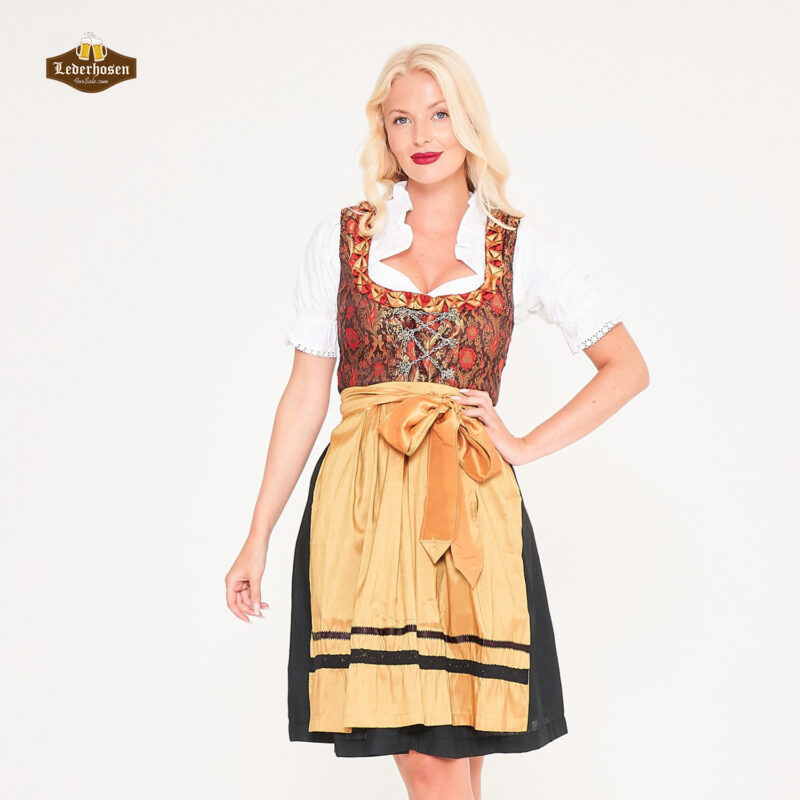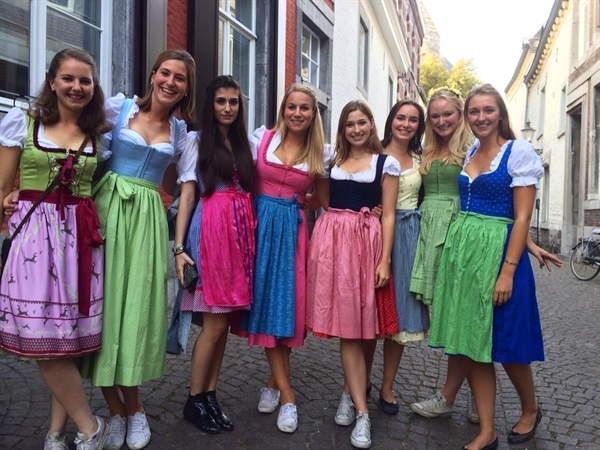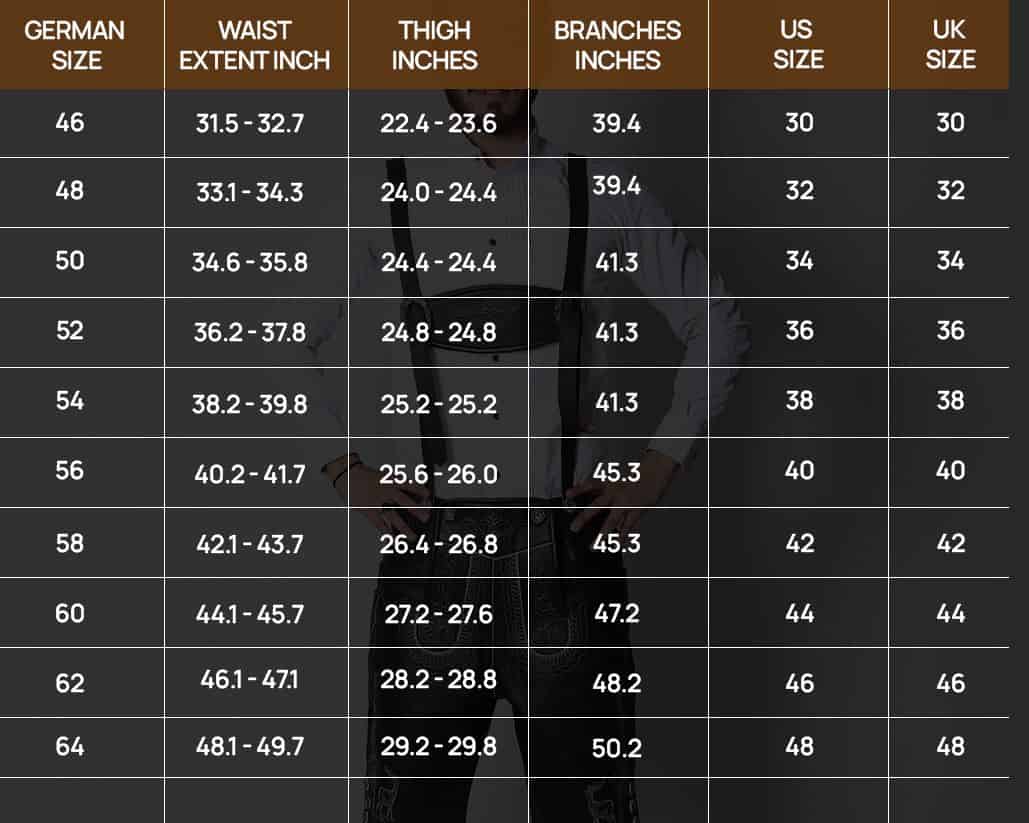The German dirndl, often referred to as the Traditional Dirndl, stands as an enduring symbol of the country’s rich cultural heritage. While it’s commonly associated with Bavaria, this beloved attire has a story that extends far beyond one region. In this article, we’ll journey through the various German states to uncover the diverse world of dirndl fashion. From the classic allure of the German dirndl to the distinctive charms of regional variations, we’ll explore how this traditional attire weaves history, identity, and style into a colorful tapestry.
Table of Contents

The Bavarian Dirndl: A Timeless Classic
We begin our exploration with the classic Bavarian dirndl, a piece of fashion history that epitomizes the German dirndl. Characterized by its well-defined bodice, colorful apron, and dainty blouse, the Bavarian dirndl has been a staple at Oktoberfest and other cultural events. The influence of this Traditional Dirndl extends far and wide, and its iconic appearance continues to inspire fashion enthusiasts worldwide. The bodice, often adorned with intricate embroidery, cinches the waist for a flattering silhouette. A crisp, white blouse peeks out from the neckline, complemented by a vibrant apron. The Bavarian dirndl is a harmonious blend of tradition and sophistication, making it the go-to choose for those seeking to make a statement at Oktoberfest.
Tyrolean Dirndls: An Alpine Twist
Venture south into the alpine region, and you’ll encounter the Tyrolean dirndl, a style that carries a unique blend of Austrian and Bavarian influences. These dirndls often feature tailored jackets with beautifully carved buttons and intricately embroidered cuffs. The aprons boast enchanting patterns, often floral or geometric in design, while delicate lace trims add a touch of elegance. The Tyrolean dirndl’s fusion of cultural elements creates a striking and unforgettable look that evokes the picturesque Alpine landscapes.
Swabian Dirndls: Subtle Elegance
Moving west to Swabia, you’ll find dirndls that embrace subtle elegance. Swabian dirndls are known for their simplicity, fine materials, and understated details. The color palettes tend to be more muted, favouring earthy tones and pastels. However, the overall effect is undeniably sophisticated. These dirndls often incorporate delicate hand-stitched embroidery, creating a sense of refinement that appeals to those who appreciate the beauty of understated fashion. Swabian dirndls radiate an air of grace and timelessness.
Franconian Dirndls: Rustic Charm
In northern Bavaria, Franconian dirndls offer a different perspective on the Traditional Dirndl. These dirndls often feature practical designs, earthy tones, and playful patterns inspired by the region’s rural heritage. Franconian dirndls, with their rustic charm, are ideal for those seeking comfort and style. The bodices are often adorned with rustic buttons, and the aprons may feature quaint motifs like farm animals or wildflowers. These dirndls reflect the agricultural traditions of the area while remaining fashionable and comfortable.
Beyond Bavaria: German Dirndls Across Germany
While Bavaria and its neighbors are known for their distinct German dirndl styles, you can find dirndls in other parts of Germany as well. For example, the Lower Saxon dirndl is characterized by its simplicity, with a focus on natural fabrics and minimalist designs. In Hesse, dirndls often incorporate regional colours and traditional patterns. Each regional variation incorporates unique elements and local traditions, making every dirndl a reflection of the area’s culture and heritage. These diverse styles serve as a testament to Germany’s rich and varied identity, celebrating the nation’s cultural diversity.
In the world of fashion, the German dirndl, stands as a symbol of cultural pride and style. From the Bavarian dirndl’s timeless appeal to the Tyrolean’s alpine charm, Swabian elegance, Franconian rusticity, and beyond, each regional variation tells a unique story. These dirndls are more than clothing; they are living expressions of Germany’s vibrant heritage. Whether you’re a fashion enthusiast or simply curious about German culture, exploring these diverse dirndl styles is a journey worth taking. Embrace the rich tapestry of German fashion, and let the dirndl be your passport to a world of tradition, style, and cultural diversity.



